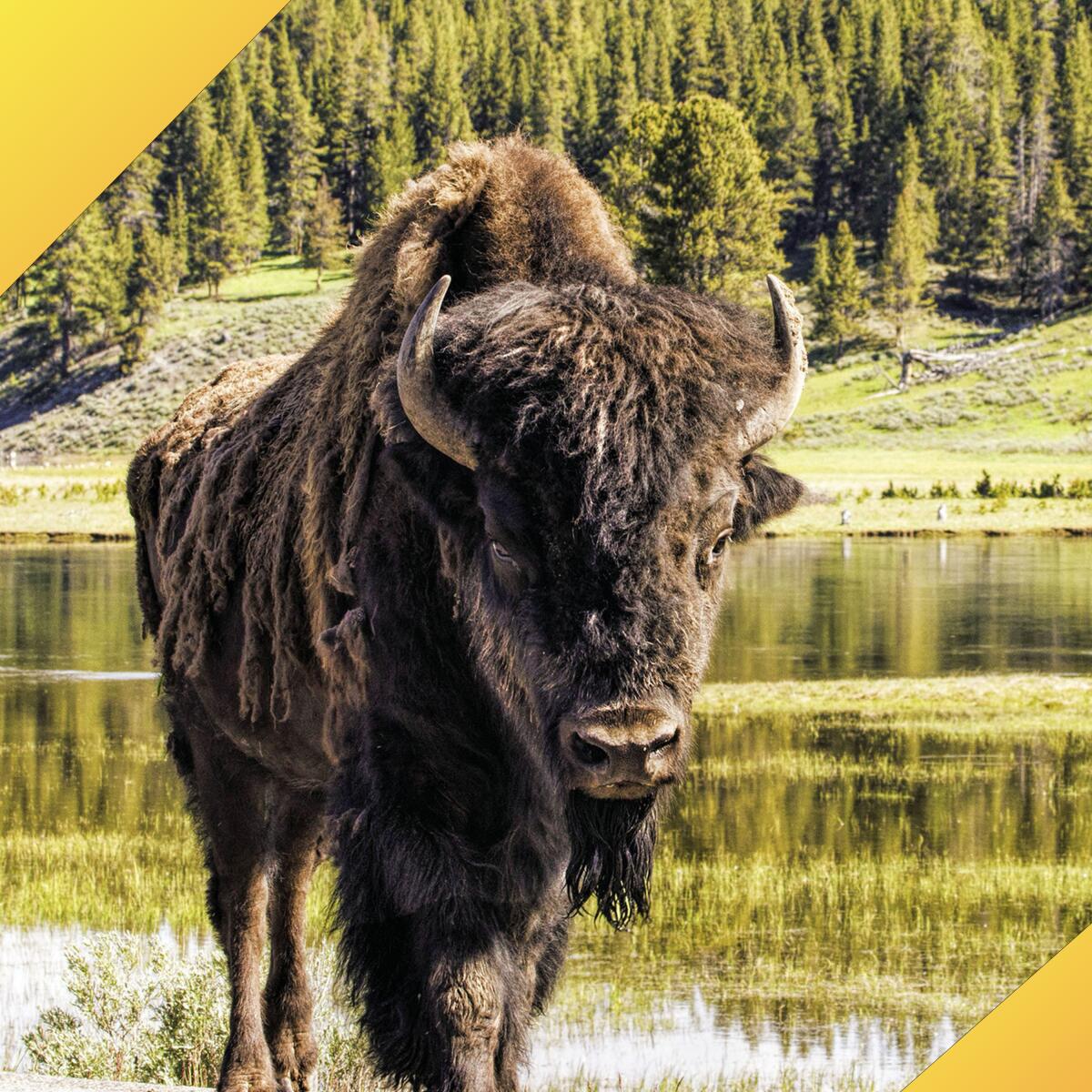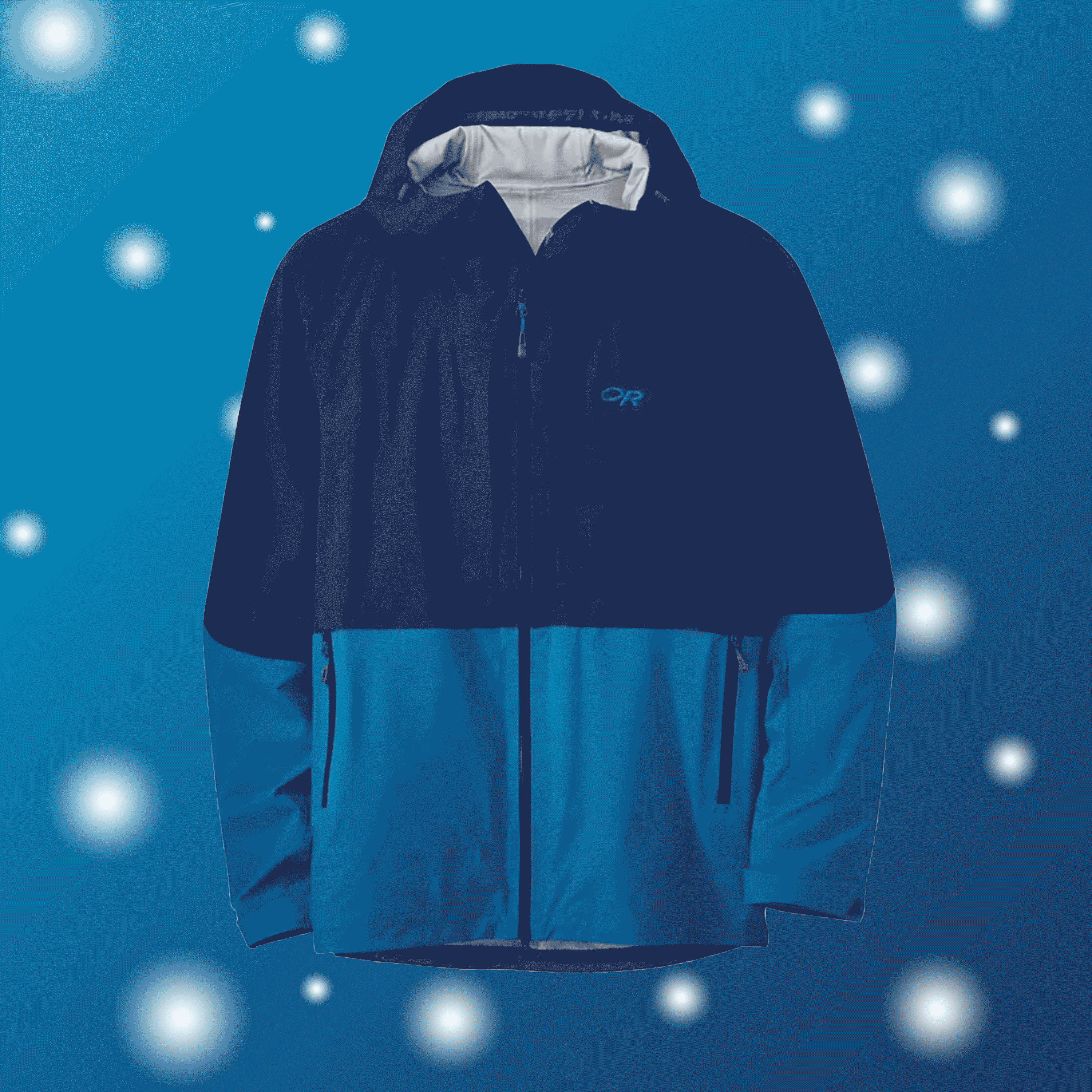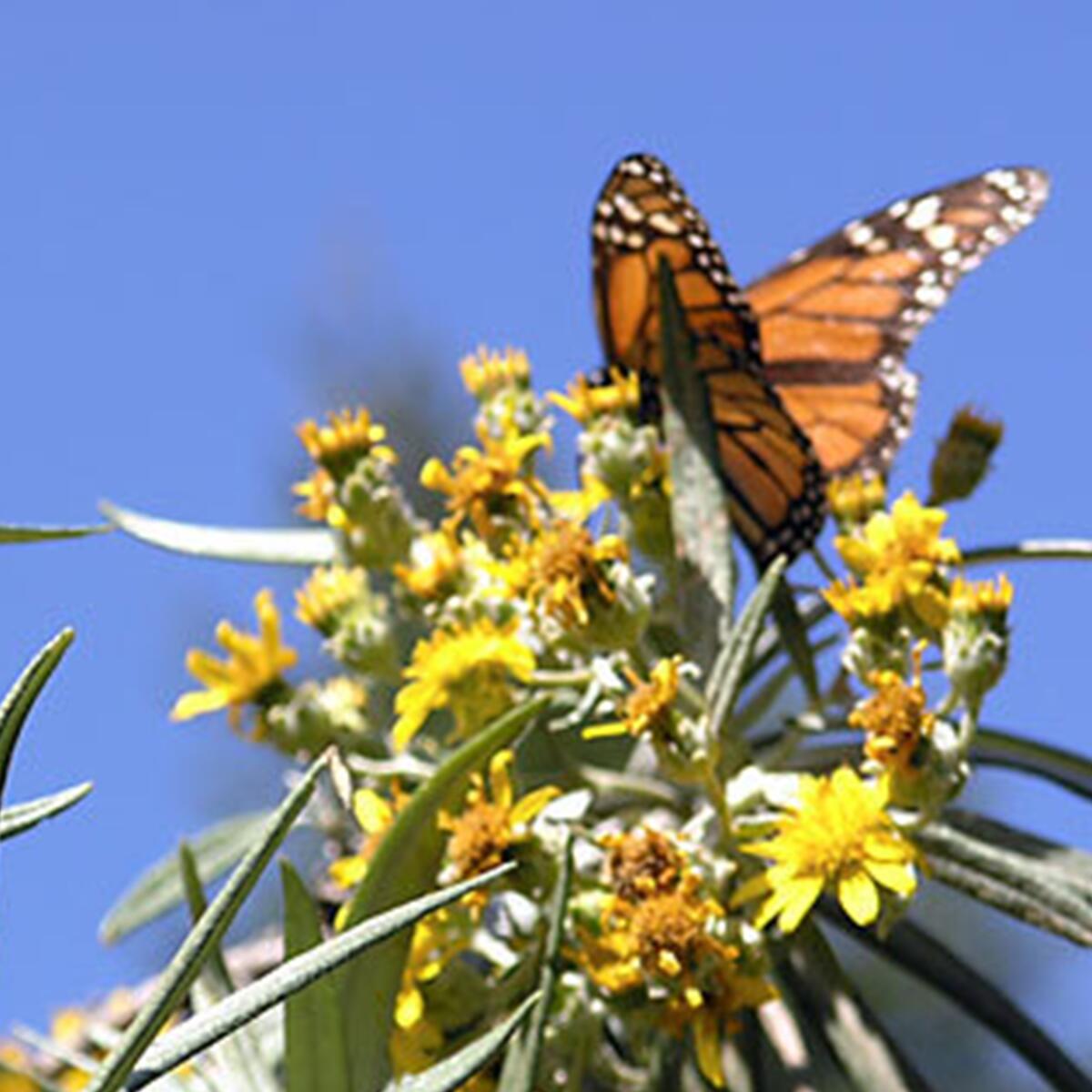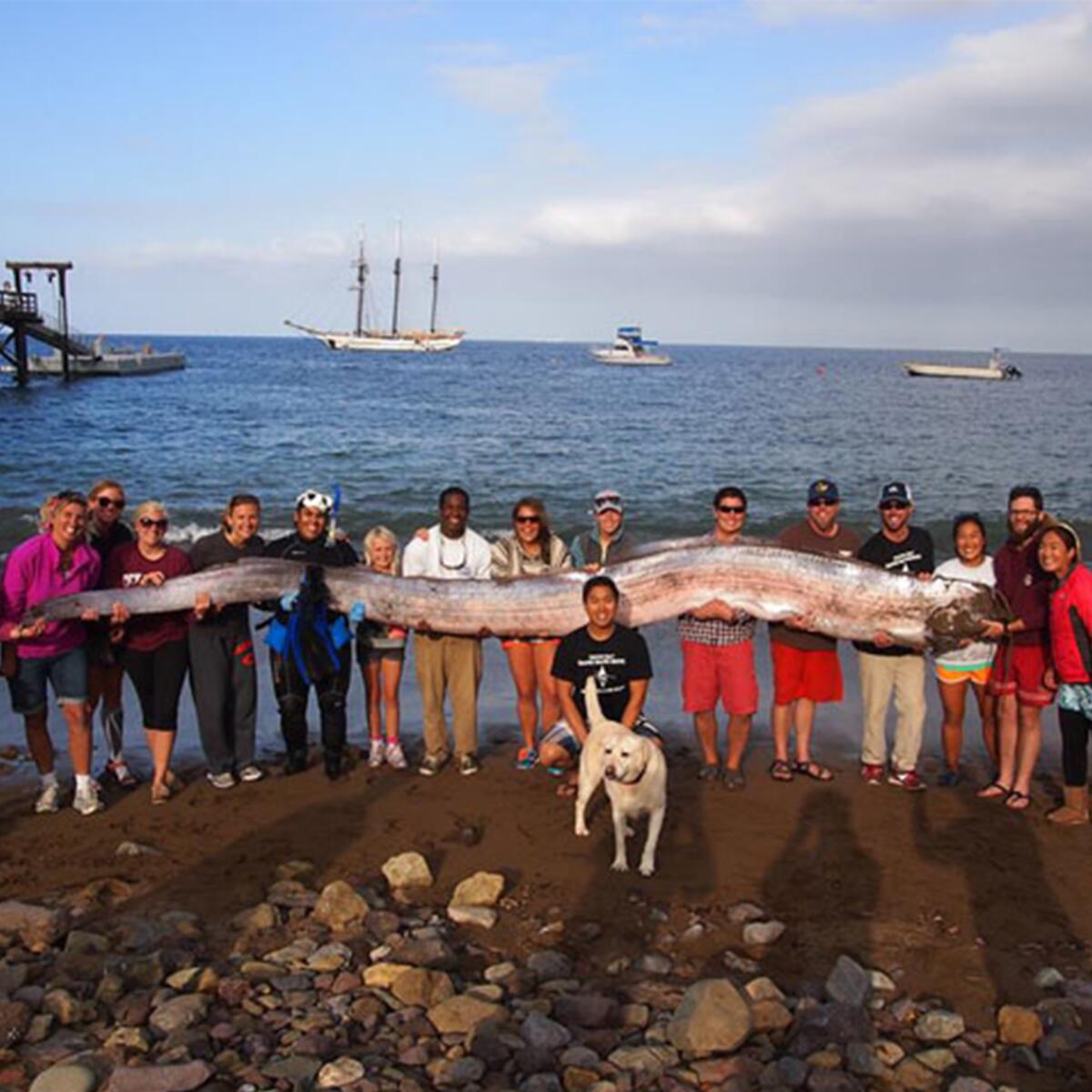
By Mary Forgione
Design and illustrations by Micah Fluellen
Sign up to get The Wild sent weekly to your inbox.
Happy New Year to readers of The Wild.
Time to step into 2021, maybe by seeking out sunrise views in these places. Here are my picks for the best places to make tracks over the long holiday weekend — while staying close to home.
Mt. Hollywood, Griffith Park: This peak is good for a workout hike, day or night. By night, the ambient lights of the city are all you will need to find your way to the top. Depending on how clear the air is, you’ll see the observatory in the foreground and views of downtown L.A., Hollywood and Century City. A New Year’s Eve hike isn’t out of the question (no boozing it up), but remember that the park closes at 10 p.m. There are several routes to the top, the most direct 2½ miles uphill from the Griffith Observatory (though parking is difficult in that area). Check out our guide to Griffith Park for more details.
Echo Mountain, Altadena: Trailheads in Altadena and Pasadena are a good bet this year, with the Rose Parade canceled and the Rose Bowl game being played elsewhere (yep, I’m still calling it the Rose Bowl game). The 2½-mile one-way trek on the Sam Merrill Trail up Echo Mountain takes you to the ruins of a hotel resort and the one-time Mt. Lowe Railway. Nice views spread out below, and you can sometimes see all the way to the ocean. The trail is popular, so go early morning or midafternoon.
Wildwood Canyon, Burbank: This is a tough 2-mile uphill climb to a ridge in the Verdugo Mountains with some antennas on top. Don’t be turned off by the metal works; you will be rewarded with good views of the L.A. Basin and will be able to savor the hills that are dwarfed by the San Gabriel Mountains to the north. Start at Wildwood Canyon Park, which opens at 7 a.m. and closes at sunset.
Rose Hill Park, Montecito Heights: There are many ways to get to the pond at Ernest E. Debs Regional Park, but the route from Rose Hill Park takes you off the beaten path. The total distance is 2.2 miles, including nice views of DTLA. The route is good for families with children too; do a lap around Debs Pond, also called Peanut Lake. Here’s a turn-by-turn guide to the route.
Limekiln Canyon Park, Northridge: It’s funny to find a patch of open space in highly developed Northridge. This is an out-and-back trail that starts at the park and continues on a route lined with sycamores and willows. The walk is almost 4 miles, with lots of twists and turns. Here’s a guide to help you.
3 things to do this week

1. Learn how runners can stay motivated in 2021 (and beyond). Of course you want to change your running routine in the new year, but how? Start with a run to the top of 29,000-plus-foot Mt. Everest. “Your challenge is to get to that lofty elevation over the course of three hilly months,” coach Tom Craggs writes in Runner’s World. His 12 challenges to help you “run better, stay motivated, be healthier and feel happier” come with instructions and why each is important. Another good tip: Get out a piggy bank and write four notes: one about something you could do better in training, three about things that went well. Then reflect on your “bank of positivity.” Read all the tips here.

2. Find out what Angelenos are wishing for in the New Year. We all have many wishes for 2021. Some people have taken to writing them on pink cards and hanging them on the Wishing Tree at Descanso Gardens in La Cañada Flintridge. There are kiddie hopes — to become a princess or find a unicorn — and plenty of wishes for good health and an end to the pandemic. (“I wish for a return to normalcy!” says one.) Others share struggles that are magnified in these isolated times. “My wish is to have a quiet home with no arguments and no stress. A place to feel happy and safe,” one visitor writes. The garden has already run out of the 10,000 cards it bought for this exhibit and has ordered 20,000 more. Admission costs $15 for adults, $11 for seniors and students, and $5 for children 5 to 12 years old. Because of the pandemic, visitors must buy timed tickets in advance. More info at descansogardens.org.

3. Sign up for a talk about the early days of the National Park Service. The National Park Service was created in 1916 to “conserve the scenery and the natural and historic objects and the wild life therein and … leave them unimpaired for the enjoyment of future generations.” Yellowstone was the first designated national park in 1872. Who were the early proponents of land protection? Park ranger Pam Tripp from Casa Grande Ruins National Monument will lead a talk about Stephen T. Mather, Horace M. Albright and others involved in the efforts that led to what writer Wallace Stegner called America’s “best idea.” Tickets cost $5 for the Jan. 8 event hosted by the Desert Institute in Joshua Tree. Sign up here.
Inside out

I spend as much time outdoors as I can. I recently shifted gears and wrote an essay about my indoor life, specifically about curating the artwork on the walls of my home. In writing the story, I discovered hidden meaning in one piece, a watercolor of the woods that my late husband liked. “The work meant little to me at the time but, as I thought more about it, there was something there that I hadn’t considered: us. There we were; there was our life. A canopy of trees similar to what we walked under. Woods similar to where we fell in love. These were the things that mattered most to him.” I learned how to hold nature in my heart without even stepping outside. Here’s the full essay, stunningly illustrated by artist Niki Usagi.
Cool stuff

Outdoor Research makes cool outdoor clothing and gear. Here’s how the Seattle-based company shifted to working remotely: “Typically we develop, test, fit, poke and prod our new product in person as a team — but this year, our mannequins traveled hundreds of miles around the Puget Sound to visit designers, tech designers and fit experts in their individual homes so we could review our new products as a team through video calls.” This year, OR also pivoted to making personal protective equipment for the medical community, producing 10 million surgical masks, 600,000 N95 respirators, 2 million reusable face masks and 8 million face mask filters. Read the story on its website.
Wild things

Can the Western monarch butterfly, whose population has declined 99% in the last four decades, wait its turn for federal protection? Despite teetering on the brink of extinction, Western monarchs in mid-December were denied protection under the federal Endangered Species Act. The U.S. Fish and Wildlife Service said listing the butterfly as endangered or threatened is warranted but declined to list it because the agency has “higher-priority listing actions,” according to this National Geographic story. In November, the butterfly also missed out on the California Endangered Species Act list because a judge ruled the act doesn’t cover insects. It’s hard to know how much longer the monarchs that winter on the California coast will last. One ray of hope: Mexican scientists are planting trees to create vital butterfly habitat.
Year-end must read

“Holy crap. This is real,” a UC Santa Barbara scientist said. “This stuff really is down there.” The “stuff” turned to be leaking barrels of DDT off the coast of Southern California. Rosanna Xia wrote about the wildlife-killing chemical lingering off the coast of Catalina Island decades after it was banned. “The world today wrestles with microplastics bisphenol A (BPA), per- and polyfluoroalkyl substances (PFAS) and other toxics so unnatural they don’t seem to ever go away. But DDT — the all-but-indestructible compound dichlorodiphenyltrichloroethane, which first stunned and jolted the public into environmental action — persists as an unsolved and largely forgotten problem.” Until now. Read the full story here. Keep up on all environmental news by signing up for Boiling Point, a free L.A. Times newsletter delivered to your inbox.
P.S.

Last week, I wrote about toyon, California’s own Christmas berry, a shrub blooming along many low-elevation trails right now. Gerry Hans of Friends of Griffith Park sent an email to remind me that toyon was recently added to L.A.’s Protected Tree Ordinance. Toyon joins native oak trees, Southern California black walnut, Western sycamore, California bay and newly added Mexican elderberry as being deemed important “to the history and identity of Los Angeles.” Reader Don Lake wrote to remind me that toyon is found on Catalina Island and that Toyon Bay is home to the Catalina Island Marine Institute.
Send us your thoughts
Share anything that’s on your mind. The Wild is written for you and delivered to your inbox for free. Drop us a line at [email protected].
Click to view the web version of this newsletter and share it with others, and sign up to get it sent weekly to your inbox. I’m Mary Forgione, and I write The Wild. I’ve been exploring trails and open spaces in Southern California for four decades.
